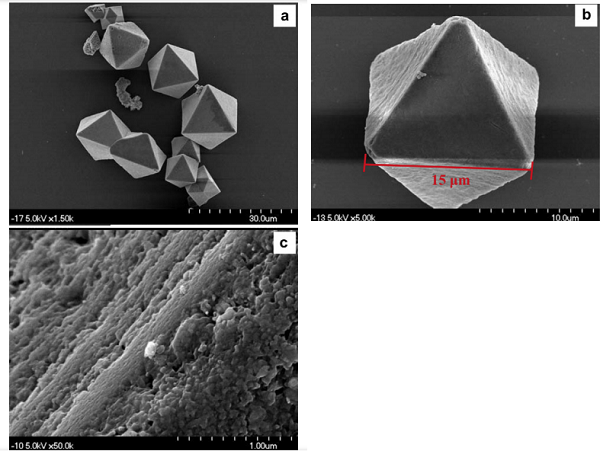HKUST-1 was first reported in 1999 by Chui et al. composed of 1,3,5 benzenetricarboxylate (BTC) ligands coordinating copper ions in a cubic lattice (Fm–3m). It contains an intersecting 3-D system of large square-shaped pores of 9 × 9 ?; in the framework of HKUST-1, Cu (II) ions form dimmers, where each copper atom is coordinated by four oxygen from BTC linkers and water molecules. The presence of water molecules in the first coordination sphere of Cu ions has suggested the possibility of obtaining a coordinative vacancy on Cu (II) species. Both units of MOF materials have been referred to as effective hydrogen storage materials because of their potential interactions with hydrogen. The capture and storage properties of hydrogen are strongly dependent on the structure of the resulting organic and inorganic three-dimensional bridging linking. Hydrogen adsorption, the interaction between the hydrogen molecule and the walls of porous solids, is only significant at low temperatures. HKUST-1 is capable of adsorbing significant amounts of hydrogen at 77 K[3]. Figure: FE-SEM images of HKUST-1 MOF: (a) assynthesized, (b) with octahedral structure, and (c) fine porous surface of the octahedral structure.


